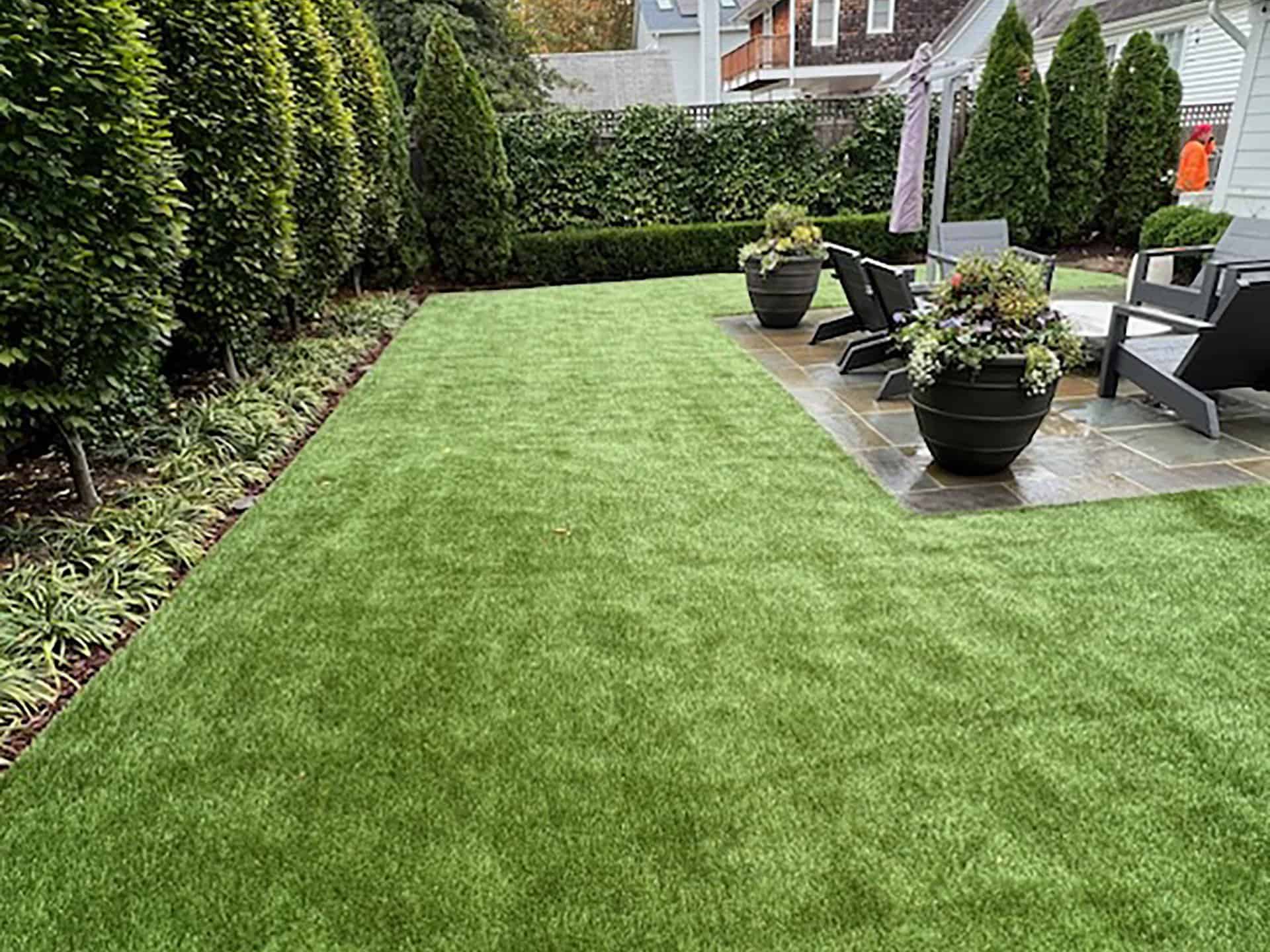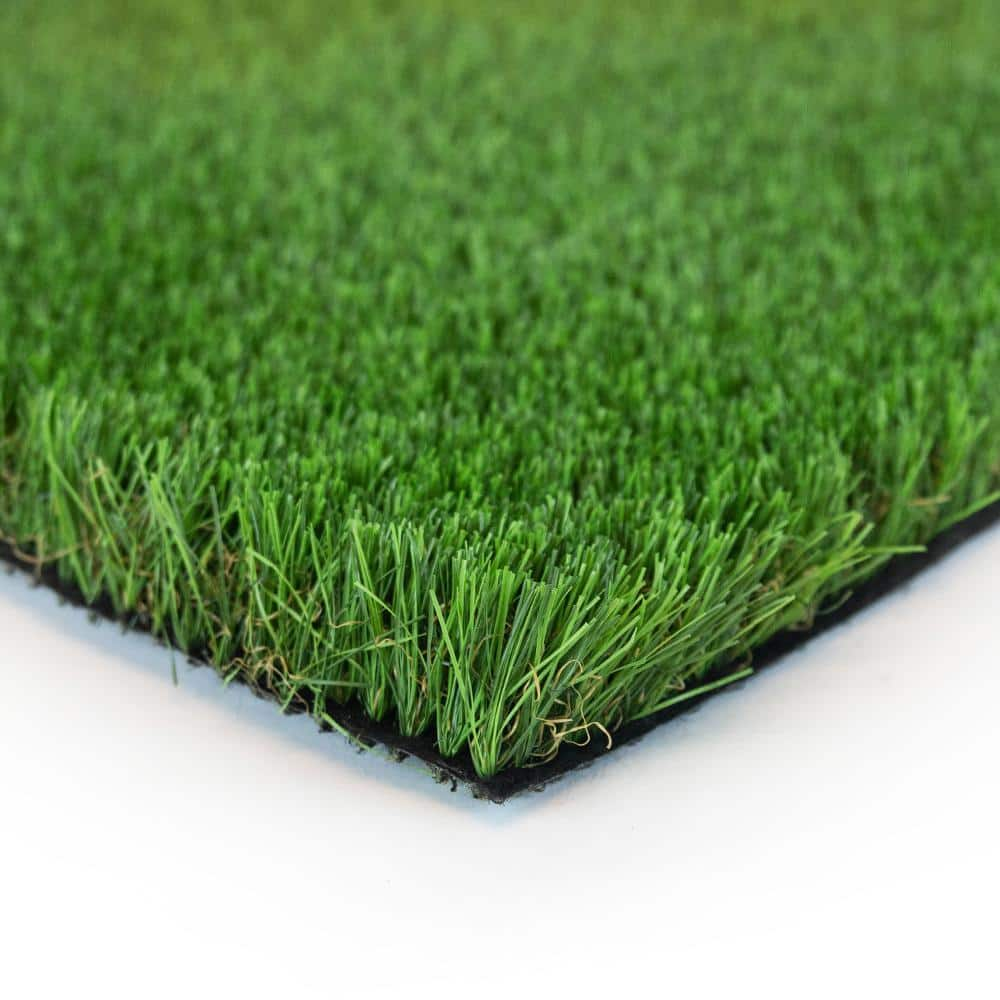Tailored Turf Installation Phoenix AZ for Residences, Companies, and Recreational Spaces
Tailored Turf Installation Phoenix AZ for Residences, Companies, and Recreational Spaces
Blog Article
See Why Homeowners Prefer Artificial Lawn for Lasting Landscaping Practices
As property owners significantly focus on sustainability in landscape design, artificial grass has actually arised as an engaging alternative to traditional lawn. Its capability to conserve water, reduce maintenance initiatives, and lessen ecological influence settings it as a functional selection for those looking for eco-friendly solutions. Furthermore, the visual allure and adaptability of synthetic grass satisfy diverse layout choices. Nonetheless, the ramifications of this shift extend past mere convenience and aesthetic appeals, triggering a closer examination of just how these options influence more comprehensive environmental outcomes. What continues to be to be checked out is the complete extent of advantages that synthetic turf can use to home owners and the environment alike.
Water Preservation Perks
One of the most substantial benefits of artificial turf is its role in water conservation. In contrast, artificial turf eliminates this demand completely, as it does not call for watering.
Moreover, the installment of synthetic grass can add to a more sustainable landscape. Homeowners can considerably lower their water bills, permitting reallocation of resources to various other ecological efforts or family uses. Furthermore, synthetic grass is made to withstand various climatic conditions without the need for supplemental watering, making it a perfect choice for regions facing water shortage.
The environmental benefits extend past prompt water financial savings. By lowering water intake, synthetic grass assists to reduce the effects of environment modification, preserving vital ecosystems that are intimidated by too much water extraction. As sustainable landscape design techniques acquire traction, artificial turf becomes an accountable choice for home owners seeking to develop eco-friendly outdoor rooms.
Decreased Upkeep Efforts
Synthetic grass significantly minimizes maintenance initiatives compared to typical turf yards. With synthetic grass, house owners can eliminate the lengthy jobs related to all-natural landscape design, such as mowing, fertilizing, and weeding. This not just conserves important time yet also minimizes physical labor, making grass care easily accessible for people of all ages.
One of one of the most notable advantages is the lack of normal mowing. Traditional yards call for constant trimming to preserve a cosmetically pleasing elevation, whereas synthetic grass stays consistently lush without the requirement for reducing. In addition, homeowners no longer require to use fertilizers or pesticides, which are commonly called for to keep natural lawn healthy and balanced. This shift not just lightens the workload however additionally promotes a neater, a lot more consistent appearance year-round.
Moreover, man-made grass is sturdy and durable, needing very little upkeep beyond occasional brushing and rinsing to eliminate debris. This simplicity of upkeep allows house owners to appreciate their outside areas without the continuous concern of maintenance, supplying more time for recreation and household activities. Eventually, the minimized maintenance initiatives associated with synthetic grass make it an attractive option for those seeking a low-maintenance, visually appealing landscape.

Ecological Effect Decrease
There is an expanding acknowledgment of the ecological benefits related to synthetic grass, specifically in regards to water preservation and reduced chemical usage. Conventional yards call for substantial quantities of water, specifically in drought-prone regions, causing raised stress on local water resources. On the other hand, fabricated lawn gets rid of the requirement for irrigation, dramatically lowering water usage and promoting sustainability.
In addition, standard grass upkeep frequently entails the application of plant foods, herbicides, and chemicals, which can add to dirt and water air pollution. Fabricated lawn minimizes this ecological danger by needing minimal upkeep and basically removing the requirement for damaging chemicals. This not only enhances dirt health and wellness however also protects local communities from toxic drainage.
Additionally, the production of natural grass yards normally includes the use of nonrenewable fuel sources for mowing and landscape design devices, additional contributing to greenhouse gas emissions. By picking synthetic grass, house owners can dramatically decrease their carbon impact related to lawn treatment activities.
Aesthetic Allure and Adaptability
Along with its environmental benefits, synthetic lawn uses significant aesthetic allure and flexibility for landscape design. Property owners can achieve a rich, environment-friendly appearance year-round, getting rid of the seasonal variations typically related to natural lawn. This regular aesthetic not only improves the aesthetic allure of a residential or commercial property however additionally adds to a well-kept and refined look.
Additionally, fabricated lawn is available in a variety of shades, textures, and styles, enabling for customization to suit individual choices and layout motifs - Phoenix turf companies. Whether made use of in household yards, industrial areas, or leisure areas, it can perfectly integrate right into varied landscape design styles, from contemporary minimalist to lavish exotic settings
The flexibility of synthetic grass expands past simple appearance; it can be mounted in numerous see this places, including roofs, outdoor patios, and even indoor rooms, producing opportunities for unique landscape design options. Furthermore, it appropriates for a variety of tasks, from children's backyard to pet-friendly atmospheres, supplying performance without compromising design.
Eventually, the visual charm and flexibility of artificial lawn make it an appealing option for home owners seeking lasting landscape design services that do not sacrifice elegance for environmental duty.

Long-Term Cost Cost Savings
Among one of the most compelling advantages of synthetic grass is its capacity for long-lasting expense savings. Unlike natural turf, which needs routine maintenance-- including mowing, watering, fertilizing, and insect control-- synthetic grass substantially minimizes these continuous costs. Property owners can save a substantial amount on water costs, specifically in areas where water deficiency is a pushing problem. The elimination of lawn care solutions additionally adds to monetary savings, as there is no need for customized tools or labor.
In addition, synthetic turf has a life-span of 15 to 25 years, depending upon its quality and use. This longevity lessens replacement prices, making it an extra cost-effective choice over time. Additionally, the first investment in synthetic grass can frequently be redeemed with the savings accumulated over time.
While the upfront expense might seem greater compared to turf setup, the collective savings from lowered maintenance and water use often exceed these first expenditures. Eventually, the fostering of synthetic lawn not only promotes a lasting landscaping option but also offers property owners a monetarily savvy option that lines up with lasting budgeting objectives.
Conclusion
Synthetic turf emerges as a compelling option for sustainable landscape design, using considerable advantages in water conservation, reduced upkeep initiatives, and decreased environmental impact. As areas progressively prioritize environmentally pleasant techniques, the adoption of synthetic turf stands for a modern step toward achieving resilient and sustainable landscapes.
In addition, man-made turf is made to hold up against different climatic problems without the demand for extra watering, making it an excellent option for regions encountering water shortage. more information (Phoenix turf companies)

Man-made grass emerges as an engaging alternative for sustainable landscaping, offering substantial benefits in water conservation, decreased maintenance initiatives, and reduced environmental impact.
Report this page